The Chinese New Year, or Spring Festival, marks the most vibrant and cherished celebration in Chinese culture, a time when families reunite, traditions are honored, and the promise of renewal fills the air. Central to this festivity is the lavish banquet prepared with meticulous care, where each dish carries profound symbolic meaning. These culinary creations are not mere sustenance but vessels of hope, fortune, and harmony, reflecting the collective aspiration for a prosperous year ahead. From the clatter of woks in bustling kitchens to the aromatic steam wafting through homes, the Spring Festival feast is a tapestry of flavors, colors, and textures woven with centuries-old beliefs. This article explores the significance of these auspicious dishes, their cultural roots, and the timeless stories they tell.
The Fish: A Symbol of Abundance and Surplus
No Spring Festival table is complete without a whole fish, its head and tail intact. The Chinese word for fish, yú, is a homophone for “surplus” or “abundance,” making this dish a potent emblem of prosperity. The tradition of serving fish whole underscores the desire for completeness and unity, while leaving some uneaten symbolizes the hope for leftovers—both literal and metaphorical—throughout the year. In some regions, the fish is steamed with ginger and soy sauce, its delicate flavor preserved to mirror the fragility of luck. In others, it is deep-fried until crispy, its golden hue evoking the glow of wealth. The placement of the dish also matters: it is often the last course, ensuring that the blessing of surplus lingers long after the meal ends.
Dumplings: The Crescent-Shaped Treasures of Wealth
Shaped like ancient Chinese ingots, dumplings (jiǎozi) are emblematic of wealth and good fortune. Their preparation is a communal ritual, with families gathering to fold the dough into plump crescents, each pinch sealing wishes for the future. The filling varies by region—pork and cabbage for harmony, shrimp for joy, or chives for longevity—but the act of creation is as significant as the taste. Some families tuck a coin or a peanut into a dumpling; the lucky diner who finds it is believed to receive a year of prosperity. Steamed or pan-fried, these bite-sized morsels are a reminder that fortune often comes in small, carefully crafted packages.
Spring Rolls: Golden Pillars of Wealth
Fried to a golden-brown crisp, spring rolls (chūn juǎn) resemble bars of gold, making them a favorite during the New Year. Their name references the season they celebrate, but their shape and color reinforce their role as symbols of wealth. The filling—typically a mix of vegetables and meat—represents the bounty of the earth, while the crispy exterior signifies the fragility and resilience of luck. In some households, spring rolls are served with a sweet-and-sour dipping sauce, balancing the flavors of life’s ups and downs.
Nian Gao: The Sticky Sweetness of Progress
Nian gao, or New Year cake, is a glutinous rice dessert steamed to a soft, chewy texture. Its name sounds like “higher year” (nián gāo), a pun that expresses the hope for growth and advancement. Traditionally sliced and pan-fried until golden, it is often dusted with sugar or served with red bean paste. The stickiness of the cake symbolizes the importance of family bonds, while its sweetness heralds a life free from bitterness. In some regions, it is gifted to friends and colleagues as a gesture of goodwill, its circular shape echoing the cycle of the seasons.
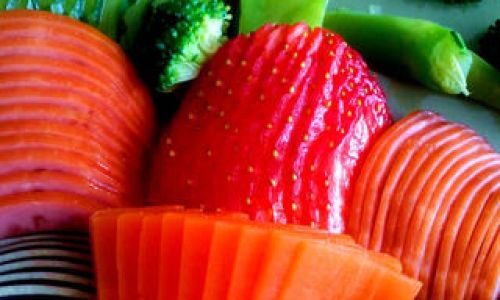
Tangyuan: Sweet Spheres of Reunion
On the fifteenth day of the New Year, known as the Lantern Festival, families gather to eat tangyuan—glutinous rice balls filled with sesame or peanut paste. These round, dumpling-like sweets symbolize togetherness and wholeness, their soft texture mirroring the harmony of family ties. The clear broth they float in represents clarity and purity, while the act of sharing them reinforces the idea that unity is the foundation of happiness. In some traditions, the number of tangyuan eaten corresponds to the number of family members present, a silent prayer for their safety and health.
Longevity Noodles: Unbroken Threads of Life
Longevity noodles (cháng shòu miàn) are served uncut, their length embodying the wish for a long and healthy life. Cooked in broth or stir-fried, they are slurped rather than bitten to avoid “cutting short” one’s lifespan. The noodles’ resilience mirrors the strength needed to navigate life’s challenges, while their simplicity reminds diners of the value of humility. In some regions, they are served with eggs, symbolizing fertility, or mushrooms, representing longevity itself.
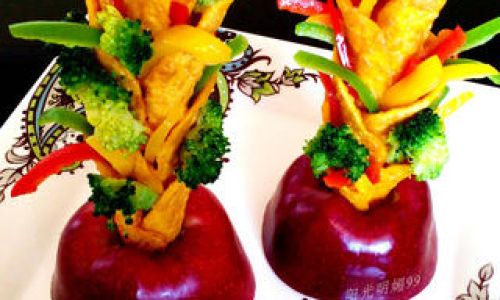
Stir-Fried Vegetables: The Green of Growth
A plate of vibrant green vegetables, such as bok choy or spinach, signifies fresh beginnings and vitality. Stir-fried with garlic and oil, these dishes are a nod to the arrival of spring and the renewal of life. The color green is associated with prosperity in feng shui, making these vegetables a visual and culinary affirmation of growth. Their preparation is often minimalist, allowing their natural flavors to shine—a metaphor for embracing life’s simple joys.
The Eight Treasures Rice Pudding: A Mosaic of Blessings
A dessert fit for emperors, the eight treasures rice pudding (bā bǎo fàn) is a layered masterpiece of glutinous rice, red bean paste, and an array of dried fruits and nuts. Each ingredient represents a different blessing: lotus seeds for fertility, jujubes for happiness, and longans for family unity. The dish’s name references the eight immortals of Taoism, whose mythical powers are invoked to protect the household. Steamed to perfection, it is a testament to the art of balancing flavors and intentions.
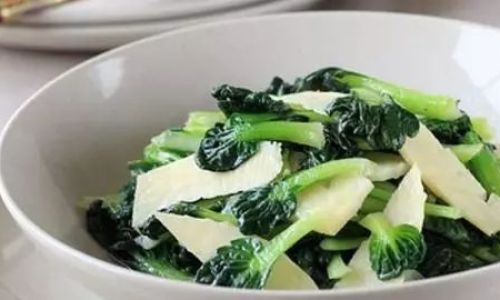
The Cultural Tapestry of the Feast
Beyond individual dishes, the Spring Festival feast is a microcosm of Chinese philosophy. The interplay of colors (red for luck, gold for wealth), textures (crispy, soft, chewy), and flavors (sweet, salty, sour) mirrors the balance of yin and yang. The act of sharing food reinforces social bonds, while the rituals of preparation and presentation honor ancestors and deities. Even the timing of the meal matters: dishes are often served at the stroke of midnight to welcome the New Year with a full stomach and an open heart.
Modern Adaptations and Global Influences
As Chinese communities spread worldwide, the Spring Festival feast has evolved to include global ingredients while retaining its symbolic core. In New York’s Chinatown, for example, dumplings might be filled with lobster or truffle, while in Sydney, fish is baked with a teriyaki glaze. Yet the essence remains unchanged: each dish is a vessel for hope, a testament to resilience, and a bridge between past and future.
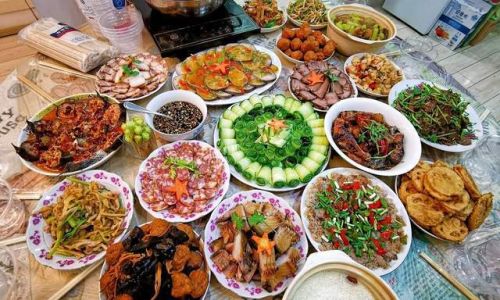
Conclusion: A Feast for the Ages
The Spring Festival’s culinary traditions are a living archive of Chinese culture, a testament to the power of food to transcend time and space. In every bite of fish, every fold of a dumpling, and every sticky morsel of nian gao, families reaffirm their connection to history and their faith in the future. These dishes are not merely eaten; they are remembered, shared, and passed down, ensuring that the flame of prosperity burns brightly for generations to come. As the world grows smaller and traditions adapt, the Spring Festival feast remains a beacon of hope—a reminder that no matter where we are, the simplest ingredients can cook up the grandest dreams.
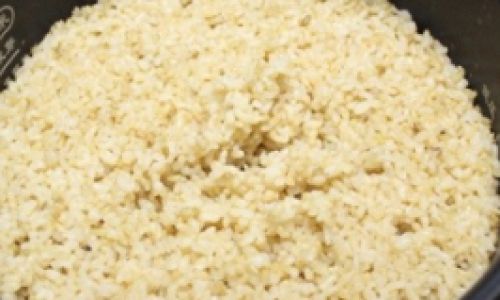
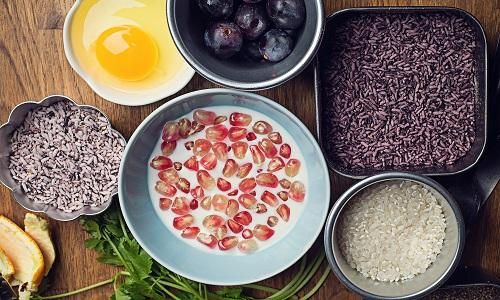
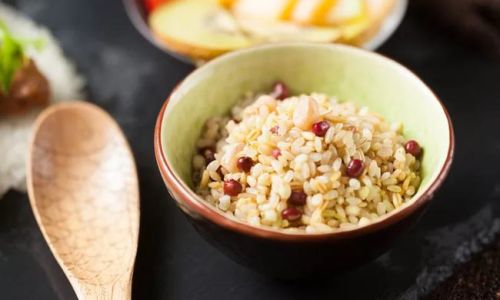

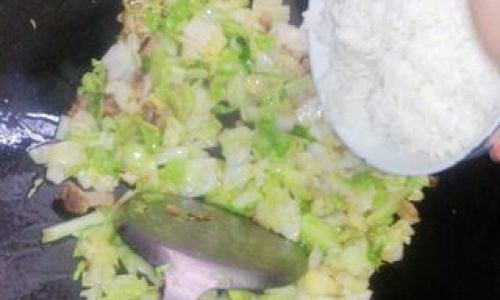
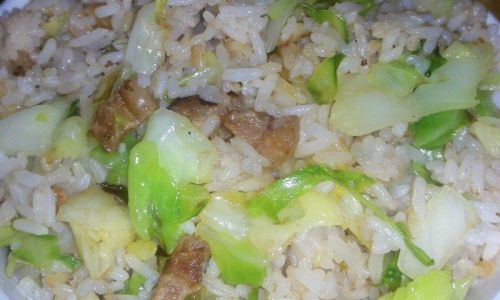
0 comments